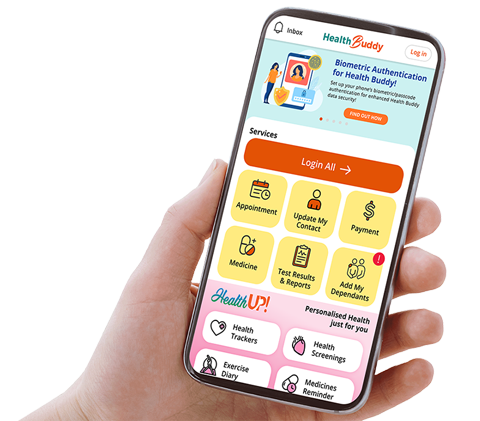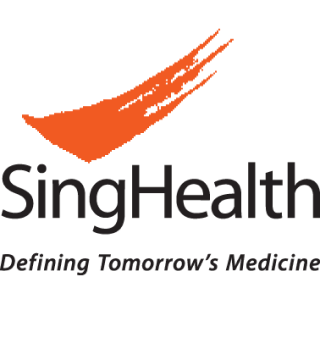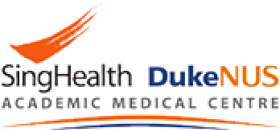SingHealth Academy will NEVER ask you to transfer money over a call. If in doubt, call the 24/7 ScamShield helpline at 1799, or visit the ScamShield website at www.scamshield.gov.sg.
Non-English translations are machine-generated; verify independently for
potential
inaccuracies.
Simulation Training; or What it Means to Embarrass Myself
Synonym(s):
“Doctor, can you come and see my patient? He doesn’t look well… I’m not sure but just please come now!”
64-year-old man struggling for breath; oxygen saturation 86% on 50% Venturi mask.
Damn.
“Doctor! You’re finally here! What do we do?”
Um. “What did this man come in for?”
“I don’t know, he just came in. Doctor, the sats!”
“Give him more oxygen!”
“Non-rebreather mask? Ok I’ll get that for you.”
Wait, where is she going?
“Sir, are you okay?” Is he blue? Does he look blue? Oh god, he’s blue isn’t he?
“Doctor I’ve brought the crash cart.”
“Yes, yes; thank you.”
A pause.
“Doctor, it’s not working!”
Err...
“The sats are still dropping!”
Yes, I can see that.
“Doctor? Doctor, what now?”
Umm...
“Doctor!!!”
Yes, yes, I know, hang on.
“DOCTOR! Do you want a bag-valve-mask?”
You throw a grateful look her way and nod profusely.
Okay, calm down. Calm down. You can do this.
From the outside looking in, it’s almost too hard to watch. This is probably the first resuscitation the poor guy has ever attended to and it is painfully obvious he is out of his depth.
While everyone is ACLS-certified, and everyone knows – theoretically – what needs to be done; in a real-life situation performance drops to the most basic of responses, and freezing completely is not uncommon. We have heard stories of horrible night calls, of collapses on Day 1 of housemanship and of being the first responder.
But, we think, that’s not going to happen to me.
Unfortunately for our fellow colleague, it’s happening to him right now. Thankfully, however, that 64-year-old man is made of plastic, the nurse is actually a senior doctor, and none of this is real. Welcome to the world of medical simulation.
Gone are the days where young doctors who are fresh out of medical school are thrown into the deep end and expected to do or die. Nowadays, we put trainees through as many simulated scenarios and procedures as possible to prepare them for what they may encounter in daily life.
Having been both a participant as well as a (rather gleeful) station master of such simulations, I firmly believe that this is the way forward in medical education. Simulation allows us the opportunity to learn by trial and error in a safe environment – where the consequences of our actions are not paid in human lives. We can identify our weaknesses and address them in a non-judgmental environment, and it shows us very clearly who we are when things go downhill. If there’s one thing I’ve learnt from these practice sessions, it’s that there is no room for pride in a resuscitation.
So how do we learn? For a profession that is deeply-rooted in apprenticeship, “watch and learn” takes on a whole new meaning. We are expected to see one, do one, teach one. Resuscitation is simply one of these many skills, and as with all things hands-on, practice makes perfect.
What happens then when the opportunities you have to practise are few and far between? What happens when you are faced with a resuscitation and the last one you watched a few months ago left you with the distinct impression that it could have been done better? When we fail to learn from our mistakes, we may end up repeating them. This is where simulation really shines – the ability to revisit the scenario afterwards and receive feedback on how we did is oftentimes invaluable.
Of course, there are many people who do not believe in the merits of medical simulation. They feel that the scenarios are too staged for them to fully immerse themselves in the session. "In real life it'll be different," they say, "How can you compare a mannequin to a real person? It's not realistic." And they are right - there is only so much that can be mimicked with our current tools and equipment. That, however, does not mean that we should completely dismiss medical simulation from our box of education tools. People underestimate the importance of physically experiencing a stressful situation. It’s very easy to spout “Airway! Breathing! Circulation!”, but I’m sure some of us have attempted to set a plug on a collapsed patient who has yet to receive oxygen supplementation.
Being in the hot seat with your pounding heart and being forced to face your inadequacies is surely unenjoyable. But if we bite the bullet, grow an extra layer of skin or two, and keep pushing through, we will find that discomfort gives way to experience, and experience will pave the way to confidence. It is only when we merge confidence with knowledge can we then stand at the foot of the bed and run a resuscitation effectively.
***
Discover the future of healthcare education and immersive learning at two upcoming signature SingHealth Duke-NUS AMC Conferences – SingHealth Duke-NUS Education Conference 2022 and S3 Conference 2022!
Stay Healthy With
10 Hospital Boulevard, #19-01 SingHealth Tower Singapore 168582
© 2025 SingHealth Group. All Rights Reserved.
















